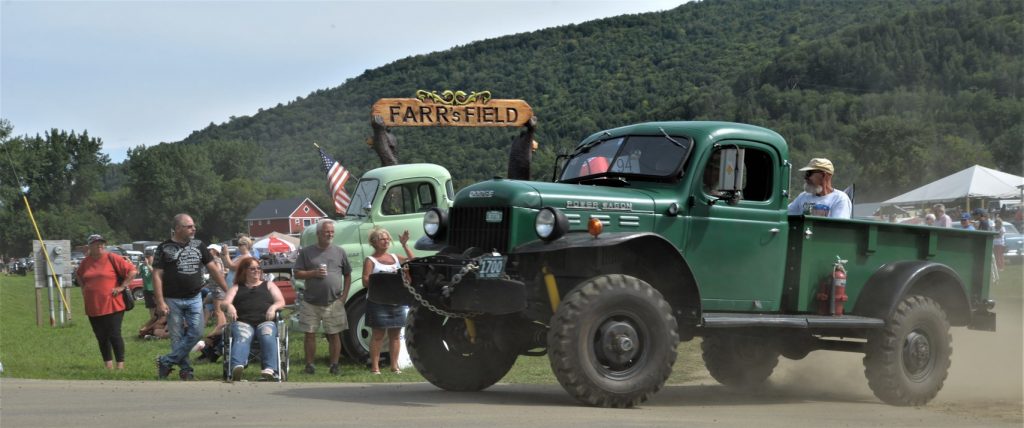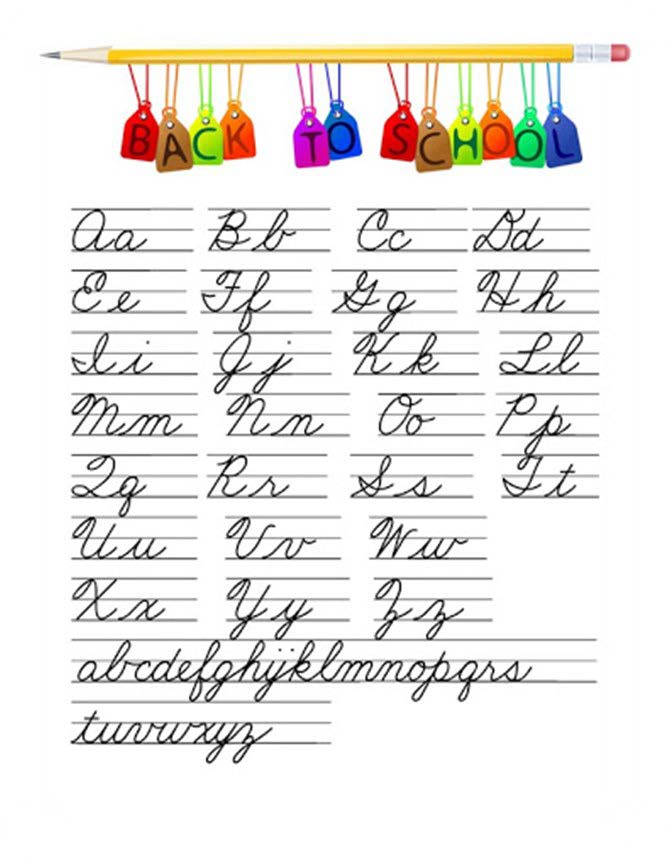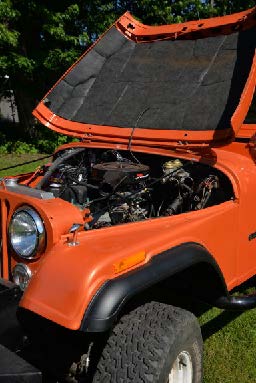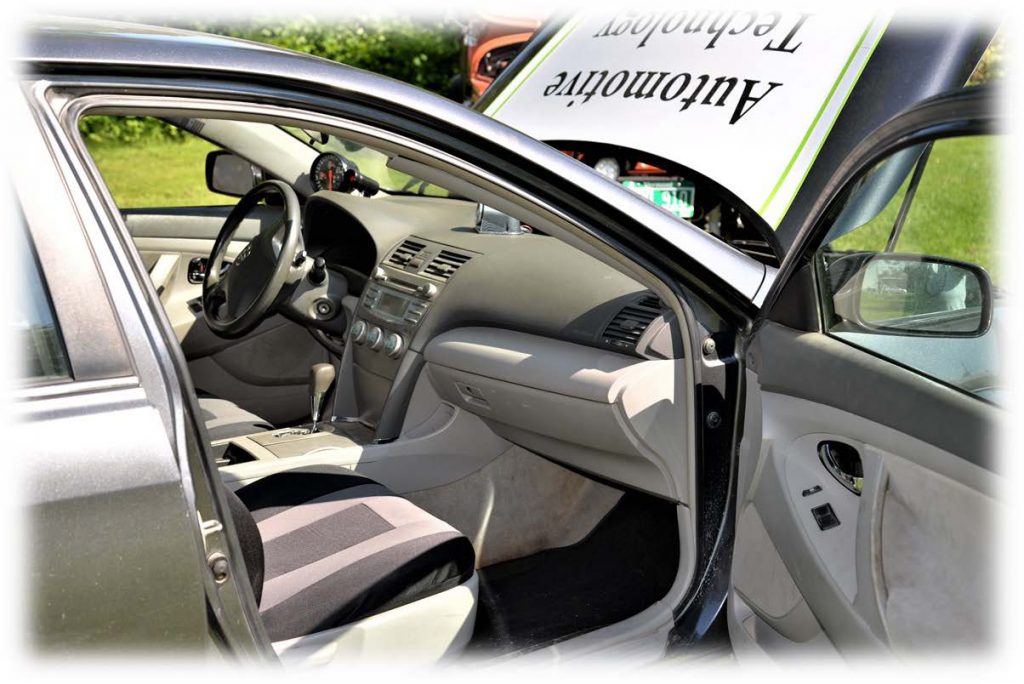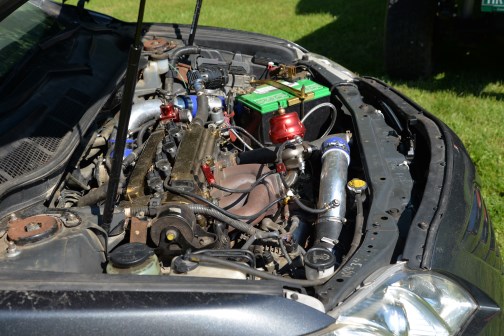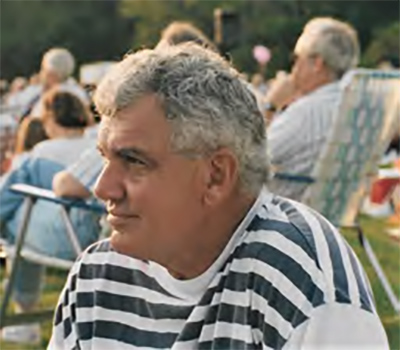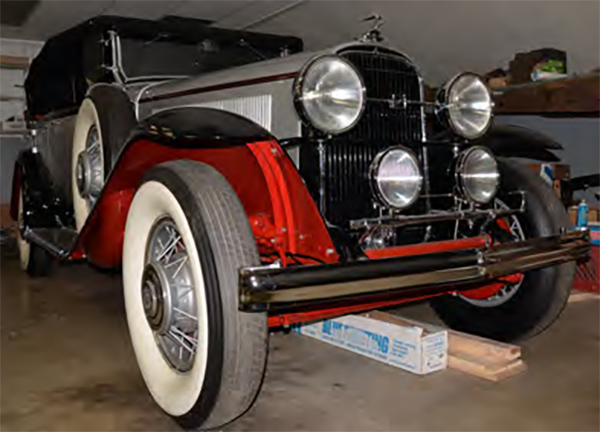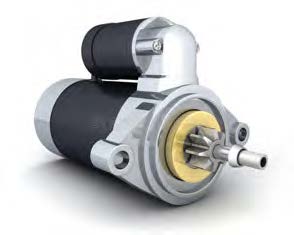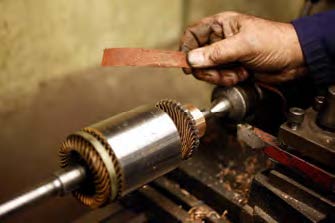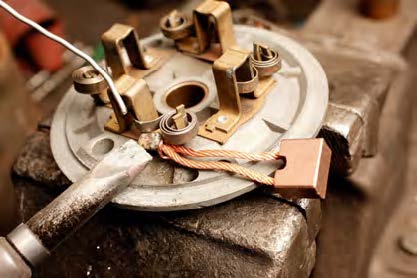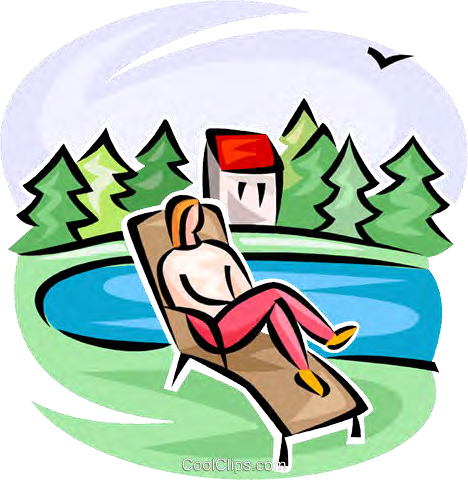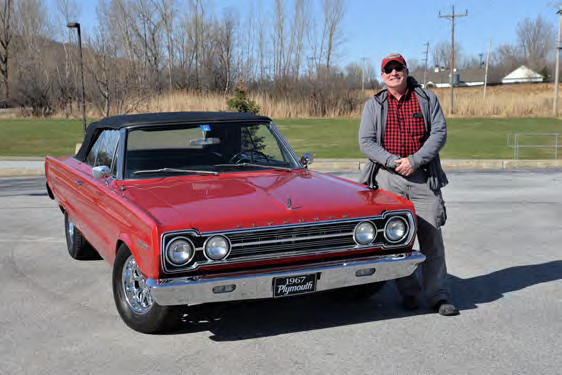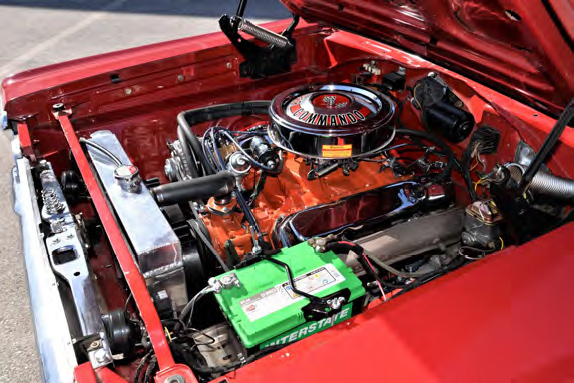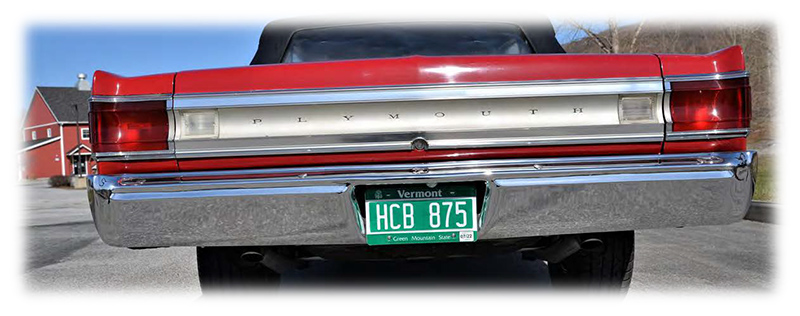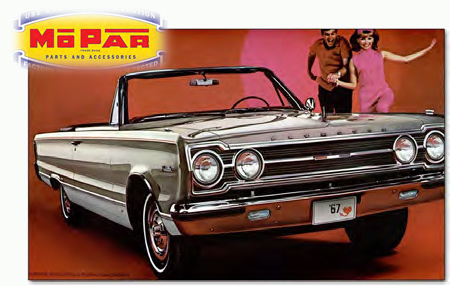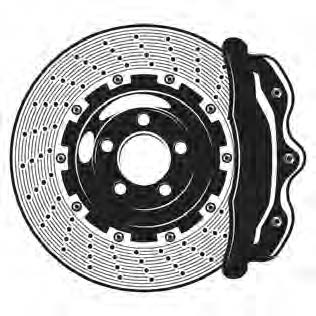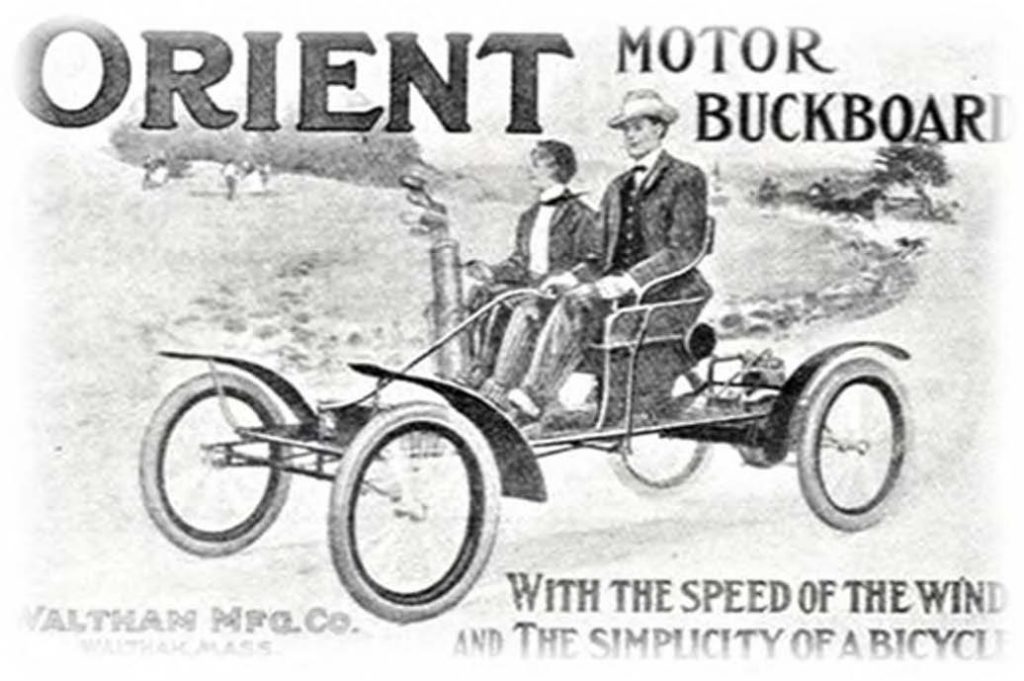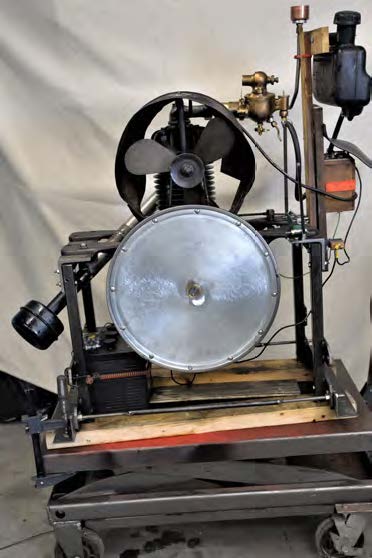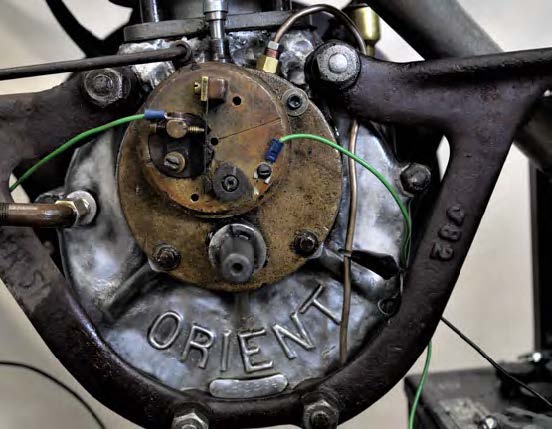
Have you ever noticed how things get lost in the shuffle?
From the extra sock in the laundry room that hasn’t found its mate, to the health savings card sitting on your desk that needs verification on how much money is left on it, to the pile of stuff at the bottom of the stairs that needs to go upstairs and find their home. Those are just a few of the things in my life that need to be taken care of. Do we call it procrastinating or ignorance, or are we just bored with the vagaries of life?

Boredom is defined as the state of being bored; tedium; ennui. Ignoring something can be interpreted as refraining from noticing or recognizing. And of course procrastination is defined as deferring action or delaying.
How would you define those items in your life? I think most people would say any or all of the above would apply at different times.
So many things have changed in the last 18 months: how we socialize, learn, work, play. And how much time have we had on our hands that we could’ve dealt with our own personal “shuffle” category? But we’ve found creative and energizing ways to fill that time: Zoom meetings, getting outdoors and enjoying nature, taking online cooking classes. Our own personal lists are endless.
But now with Vermont past the 80% vaccination rate, things are opening up for all of us to come together. We’re celebrating at a hurried clip. The 4th of July just passed and we got out and celebrated like it was the first 4th! Which brings me to our famous car show that is right around the corner.
I know the committee has been working diligently through Zoom meetings and finally in person to make this a grand reopening of our wonderful VAE. You can’t say they’ve been procrastinating or ignoring the details. So it’s now up to all of us to put the finishing touch on the show by bringing our cars and that neighbor/friend/relative who has never been to the show. How cool would it be to have a record attendance? Pray for good weather so no one can find a reason not to come.
Do not procrastinate, become bored or ignore things in your life. Look at the rest of this year and beyond as a whole new time to get those socks matched and clear the path up the stairs!
What’s on your personal shuffle list to finally deal with?
